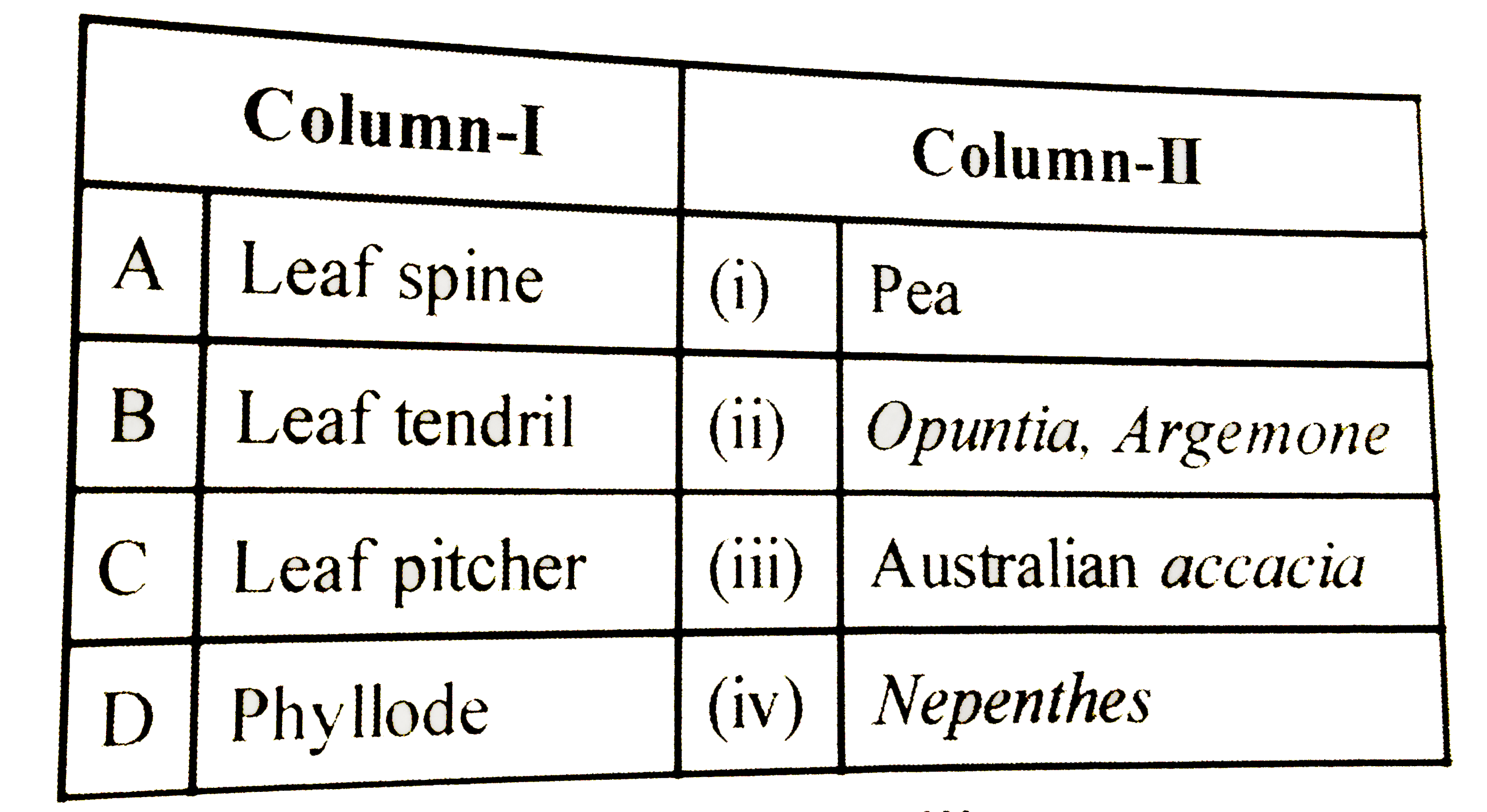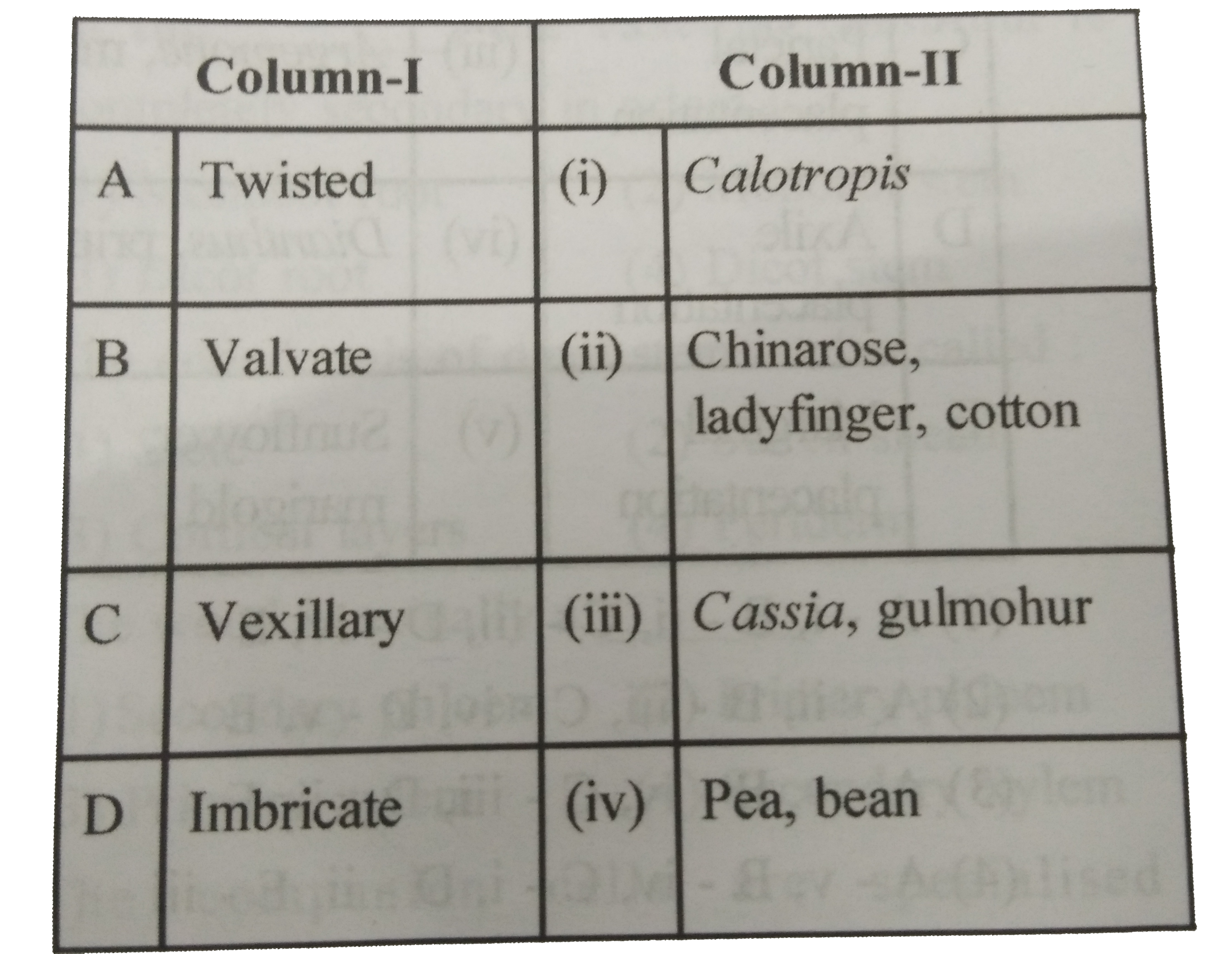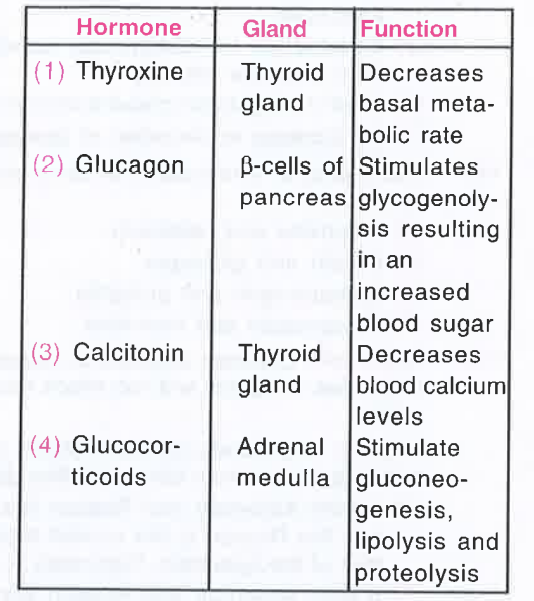Find out the incorrect match
Electron - Dual nature
Rainbow - Discontinuous spectra
Atoms - Line spectra
Particle nature - Photoelectric effect
The correct Answer is:2
To solve the question of finding the incorrect match, we will analyze each option provided in the question step by step.
Step 1: Analyze the first match - Electron vs. Dual Nature
- Explanation: Electrons exhibit both particle and wave-like properties, which is known as the dual nature of matter. This concept is supported by the de Broglie equation (λ=hmv), where λ is the wavelength, h is Planck's constant, m is mass, and v is velocity.
- Conclusion: This match is correct.
Step 2: Analyze the second match - Rainbow vs. Discontinuous Spectra
- Explanation: A rainbow displays a continuous spectrum of colors (VIBGYOR: Violet, Indigo, Blue, Green, Yellow, Orange, Red) without any gaps between the colors. In contrast, a discontinuous spectrum has distinct lines or gaps between wavelengths.
- Conclusion: This match is incorrect because a rainbow is a continuous spectrum, not a discontinuous one.
Step 3: Analyze the third match - Atoms vs. Line Spectra
- Explanation: When atoms are excited, their electrons jump to higher energy levels. When these electrons return to lower energy levels, they emit light at specific wavelengths, resulting in a line spectrum that appears against a dark background.
- Conclusion: This match is correct.
Step 4: Analyze the fourth match - Particle Nature vs. Photoelectric Effect
- Explanation: The photoelectric effect occurs when light (considered as packets of energy or photons) strikes a metal surface and ejects electrons. This phenomenon demonstrates the particle nature of light.
- Conclusion: This match is correct.
Final Conclusion
After analyzing all the matches, the only incorrect match is:
- Rainbow vs. Discontinuous Spectra (This should be Rainbow vs. Continuous Spectra).
Answer
The incorrect match is Rainbow vs. Discontinuous Spectra.
---
- Explanation: Electrons exhibit both particle and wave-like properties, which is known as the dual nature of matter. This concept is supported by the de Broglie equation (λ=hmv), where λ is the wavelength, h is Planck's constant, m is mass, and v is velocity.
- Conclusion: This match is correct.
- Explanation: A rainbow displays a continuous spectrum of colors (VIBGYOR: Violet, Indigo, Blue, Green, Yellow, Orange, Red) without any gaps between the colors. In contrast, a discontinuous spectrum has distinct lines or gaps between wavelengths.
- Conclusion: This match is incorrect because a rainbow is a continuous spectrum, not a discontinuous one.
- Explanation: When atoms are excited, their electrons jump to higher energy levels. When these electrons return to lower energy levels, they emit light at specific wavelengths, resulting in a line spectrum that appears against a dark background.
- Conclusion: This match is correct.
- Explanation: The photoelectric effect occurs when light (considered as packets of energy or photons) strikes a metal surface and ejects electrons. This phenomenon demonstrates the particle nature of light.
- Conclusion: This match is correct.
After analyzing all the matches, the only incorrect match is:
- Rainbow vs. Discontinuous Spectra (This should be Rainbow vs. Continuous Spectra).
The incorrect match is Rainbow vs. Discontinuous Spectra.
Topper's Solved these Questions
- STRUCTURE OF ATOM BOOK - AAKASH INSTITUTE ENGLISHCHAPTER - STRUCTURE OF ATOM EXERCISE - ASSIGNMENT ( SECTION -B) Objective Type Questions (One option is correct)
38 Videos
- STRUCTURE OF ATOM BOOK - AAKASH INSTITUTE ENGLISHCHAPTER - STRUCTURE OF ATOM EXERCISE - ASSIGNMENT ( SECTION -C) Objective Type Questions (More than one options are correct)
15 Videos
- STRUCTURE OF ATOM BOOK - AAKASH INSTITUTE ENGLISHCHAPTER - STRUCTURE OF ATOM EXERCISE - Try Yourself
40 Videos
- STRUCTURE OF ATOMBOOK - AAKASH INSTITUTE ENGLISHCHAPTER - STRUCTURE OF ATOMEXERCISE - ASSIGNMENT (SECTION -D) Assertion-Reason Type Questions
15 Videos
- SURFACE CHEMISTRY BOOK - AAKASH INSTITUTE ENGLISHCHAPTER - SURFACE CHEMISTRY EXERCISE - Assignment Section - C (Assertion - Reason type questions)
10 Videos
Similar Questions
Find out the correct match-
View SolutionFind out the correct match :-

View SolutionFind out the correct match :-

View SolutionFind out the correct match :-

View SolutionFind out the correct match:-

View SolutionFind out the correct match

View SolutionFind out the correct match

View SolutionFind out the correct match
View SolutionFind out the correct match
View SolutionFind all the incorrect match .
View Solution
